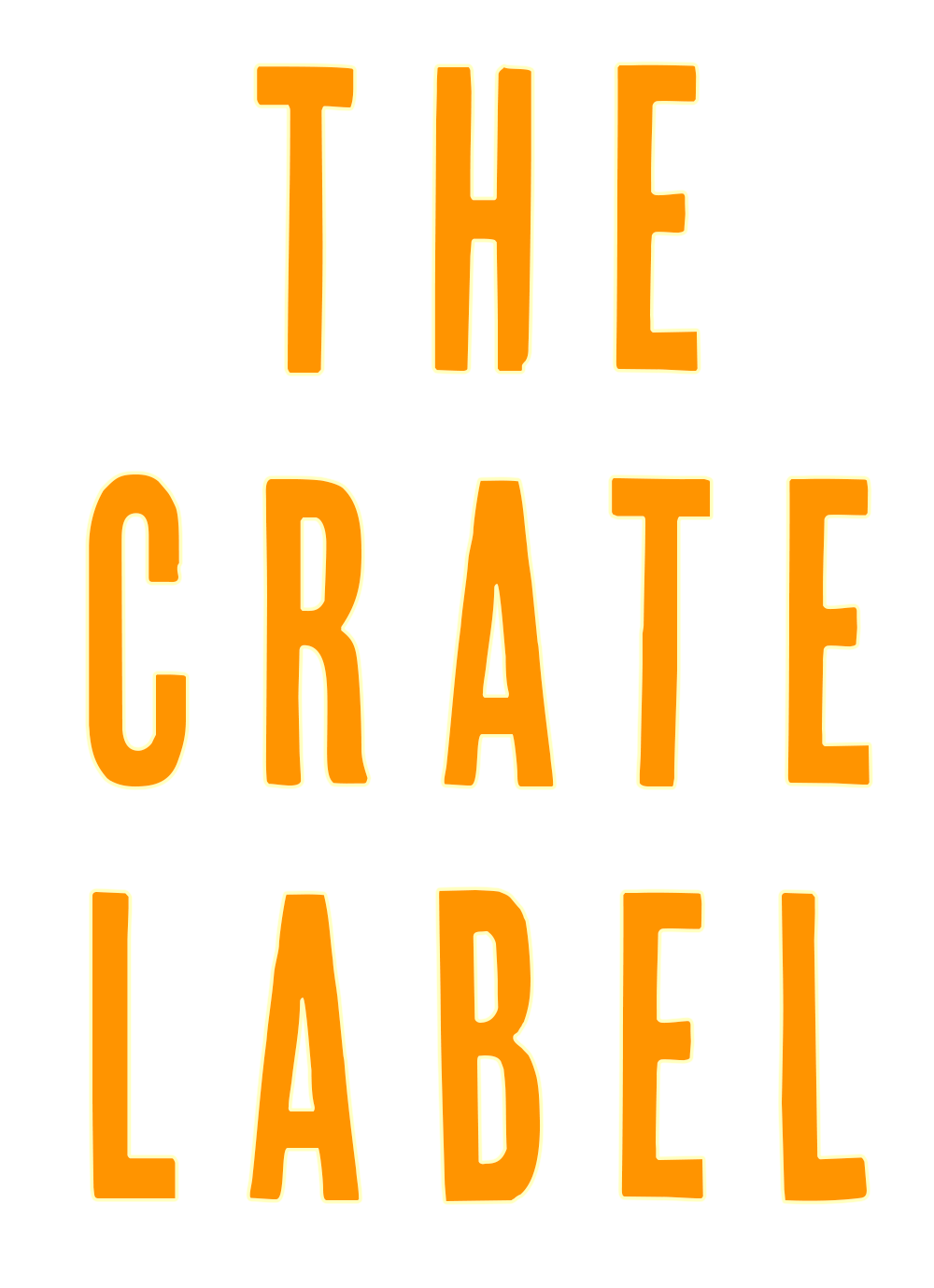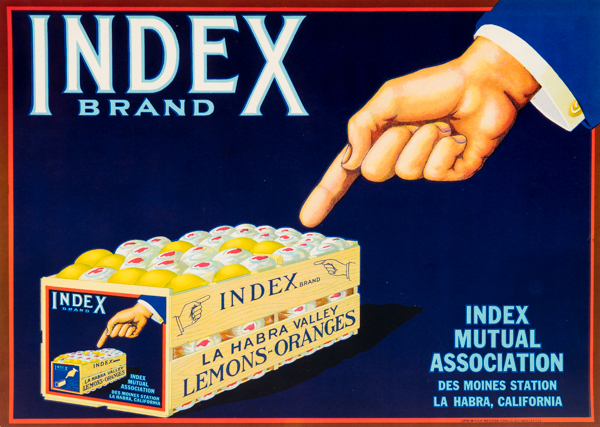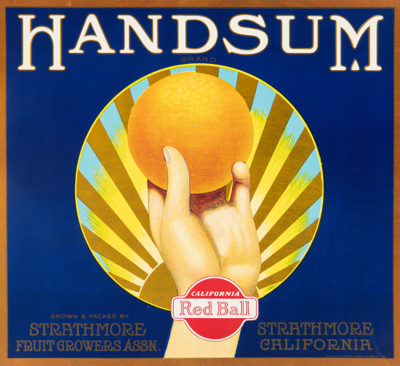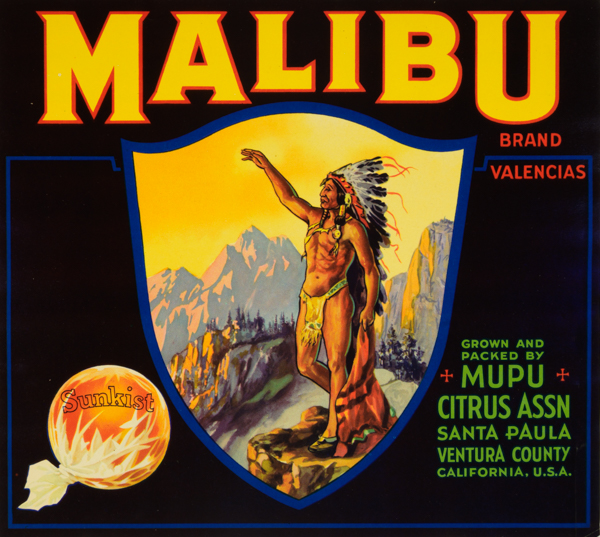Sunkist and Red ball
Crate Label Markings of Quality

By Austin McClelland
A common site when looking among citrus crate labels is a particular notation among specific labels. Some labels come decorated with a Sunkist trademark, while other labels come with a striking California Red Ball trademark. Others have no notation at all. Among crate label veterans, the reason may be apparent from experience in the citrus industry. But many people new to the field of crate labels often wonder why some labels come with these notations while others do not.
“The Field Service Department shall inspect all grades of citrus. . .and shall in every way endeavor to make uniform the enforcement of the laws concerning the shipment of California or Arizona citrus fruits”
The California Fruit Growers Exchange
To understand what these are, let’s look at a segment of the early citrus industry. In 1893, The Southern California Fruit Exchange began. Later, in 1905, the name changed to the California Fruit Grower’s Exchange (CFGE). This was a cooperative where many citrus growers got together and pooled together all of their citrus harvests together. In this way, they gained higher collective bargaining power and other similar benefits when wholesaling and marketing their citrus.
But, the reason that these trademarks were created stems from a simple necessity. Along the way, the CFGE determined that, rather than clumping all of the citruses together with excellent top grade citrus alongside decayed, bruised, or damaged citrus, a system for sorting was necessary. Citrus was then sorted into three different grades.
Making the Grade
Standard grade contained all of the low-quality citrus. The citrus in this category could include a higher degree of citrus that was dryer, bruised, damaged, sunburned, and some contained degree of decay. The crate labels relating to the standard grade of citrus contained no particular trademark. Only the crate label art and standard reference text is present on the label.
California Red Ball contained all of the mid-grade citrus. A few of the criteria included would be of satisfactory juiciness, sugar content, and very low amount of decay (less than 2% of the total individual citrus). These crate labels included the Red Ball trademark. Incidentally, this grade of citrus was the most abused. Some of the more questionable packers would include citrus that rightfully should have been included in the standard quality batches.
Sunkist trademarked batches were of perfect to near perfect quality. A few of the criteria included were the highest juiciness, best physical texture, sugar content, no bruising or sunburns, and practically no decay/blemish. This trademark indicated that it was of the highest quality and standard.



Strict Evaluation
From time to time, inspectors would visit to confirm that the quality of the citrus being packed under the Sunkist or Red Ball trademarks were truly of the quality indicated. This was actually quite strictly enforced. If it was found that a packer was not following the standards, they would be fined or removed from the exchange.
Through the Ages
Eventually, in 1952, the California Fruit Grower’s Exchange changed its name to its highest quality citrus, Sunkist. They have continued to use this name to this day.
One should note that, the idea of separating citrus into standardized grades is not specific to Sunkist. Indeed there were other exchanges and\or packing houses that used their symbolism/trademarks to indicate the level and quality of the citrus in the package. But that will be left for another article.
Please note that the terms Sunkist and Red Ball are registered trademarks of their respective owners. Any images or references here are strictly for educational purposes.